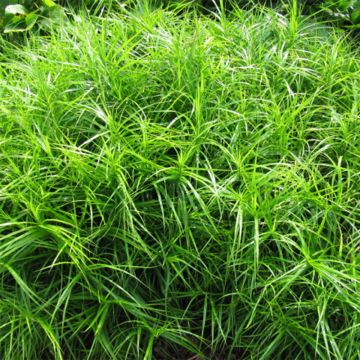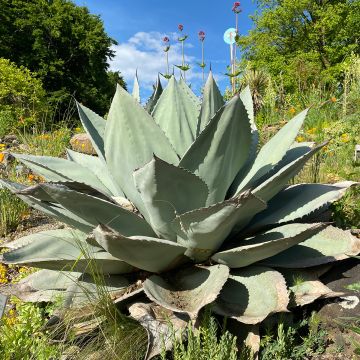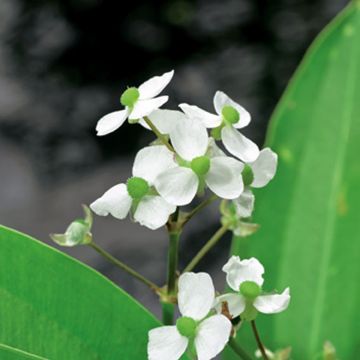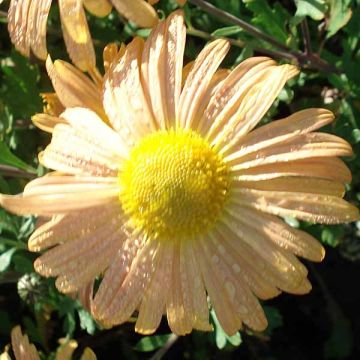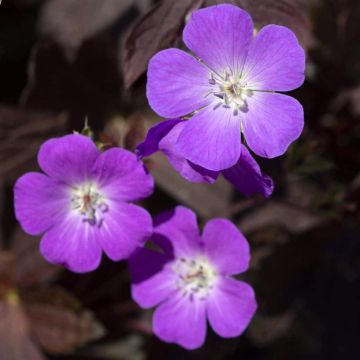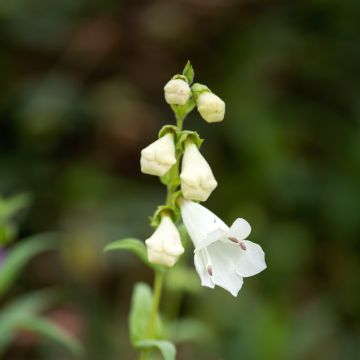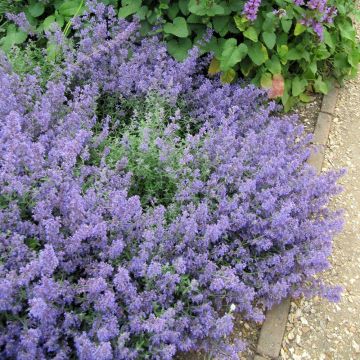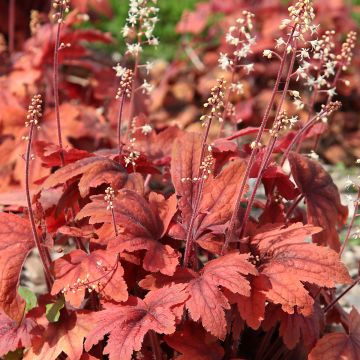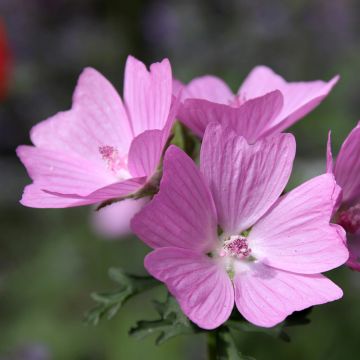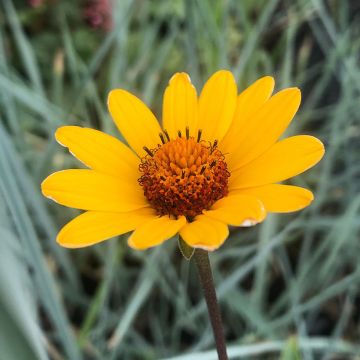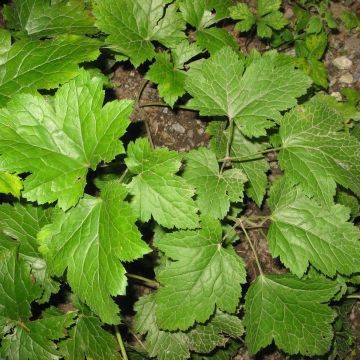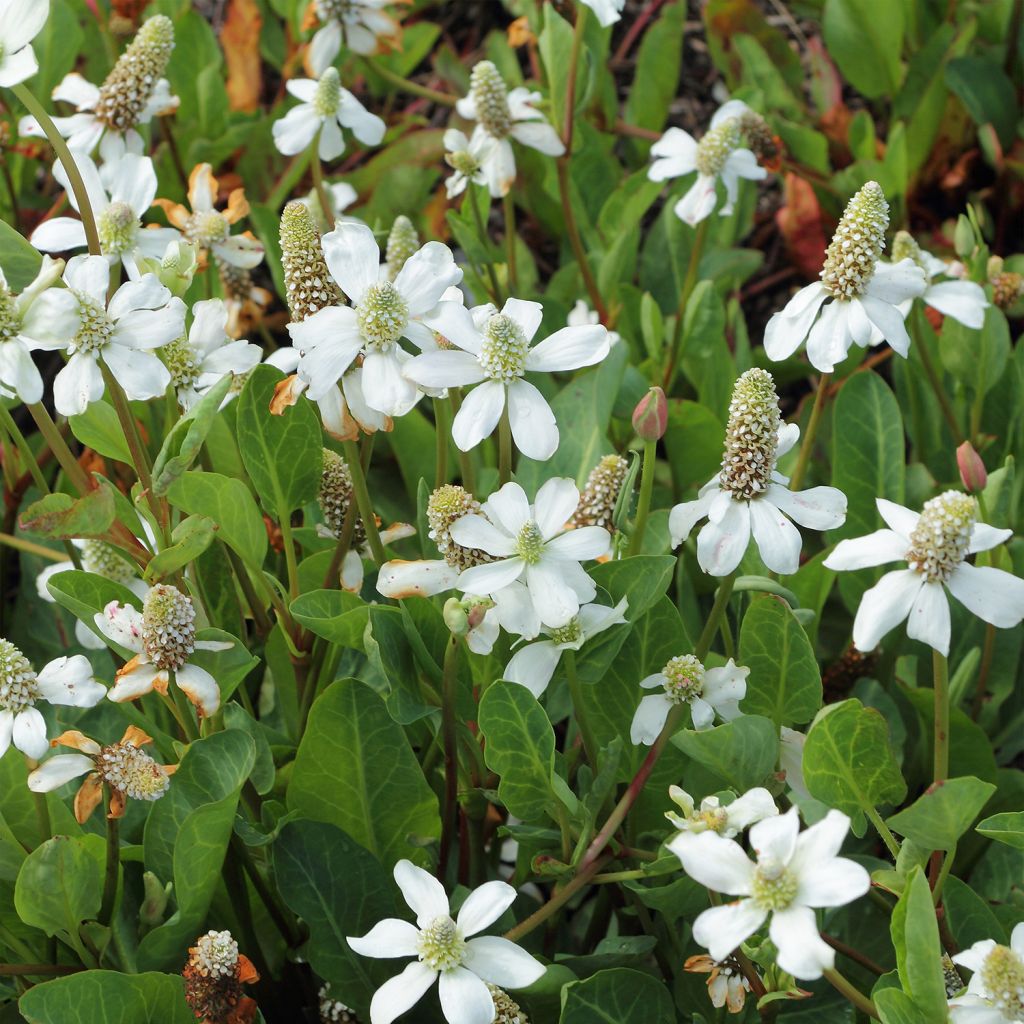

Anemopsis californica
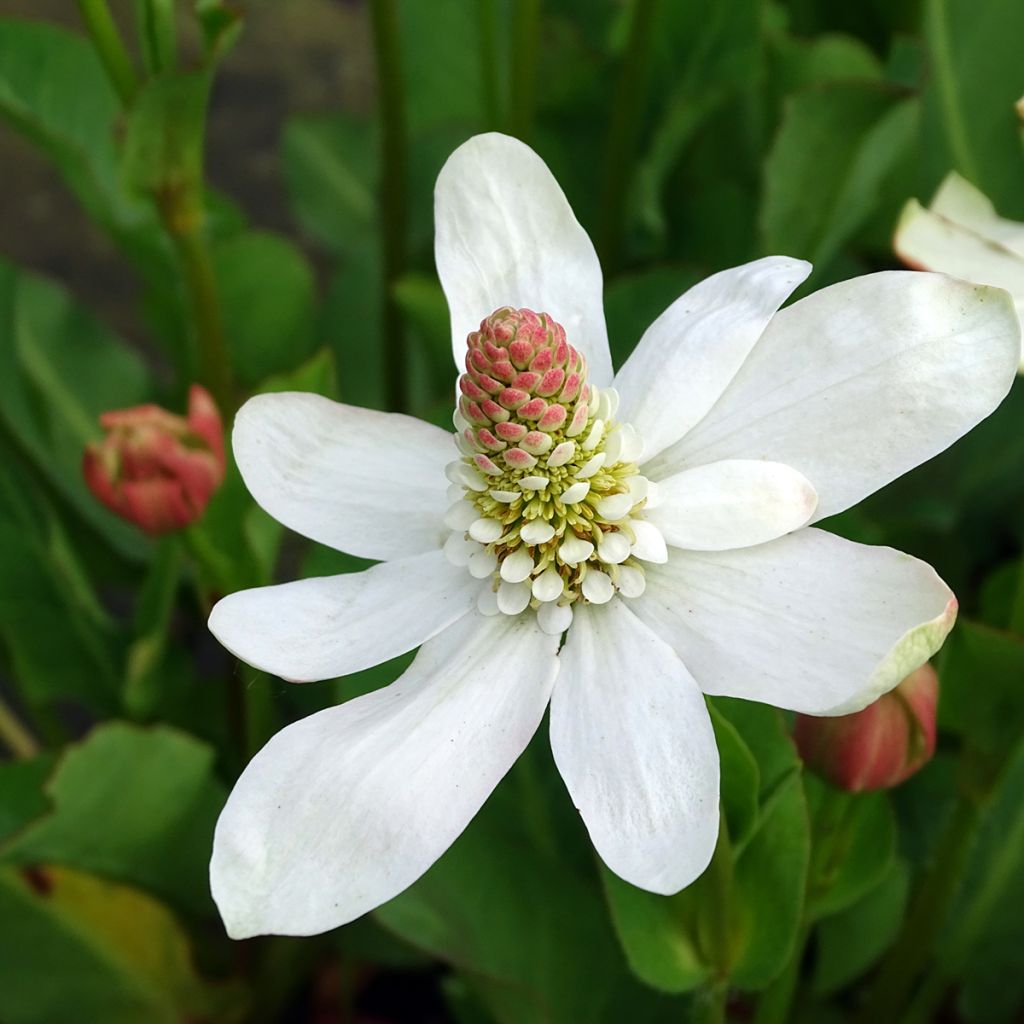

Anemopsis californica
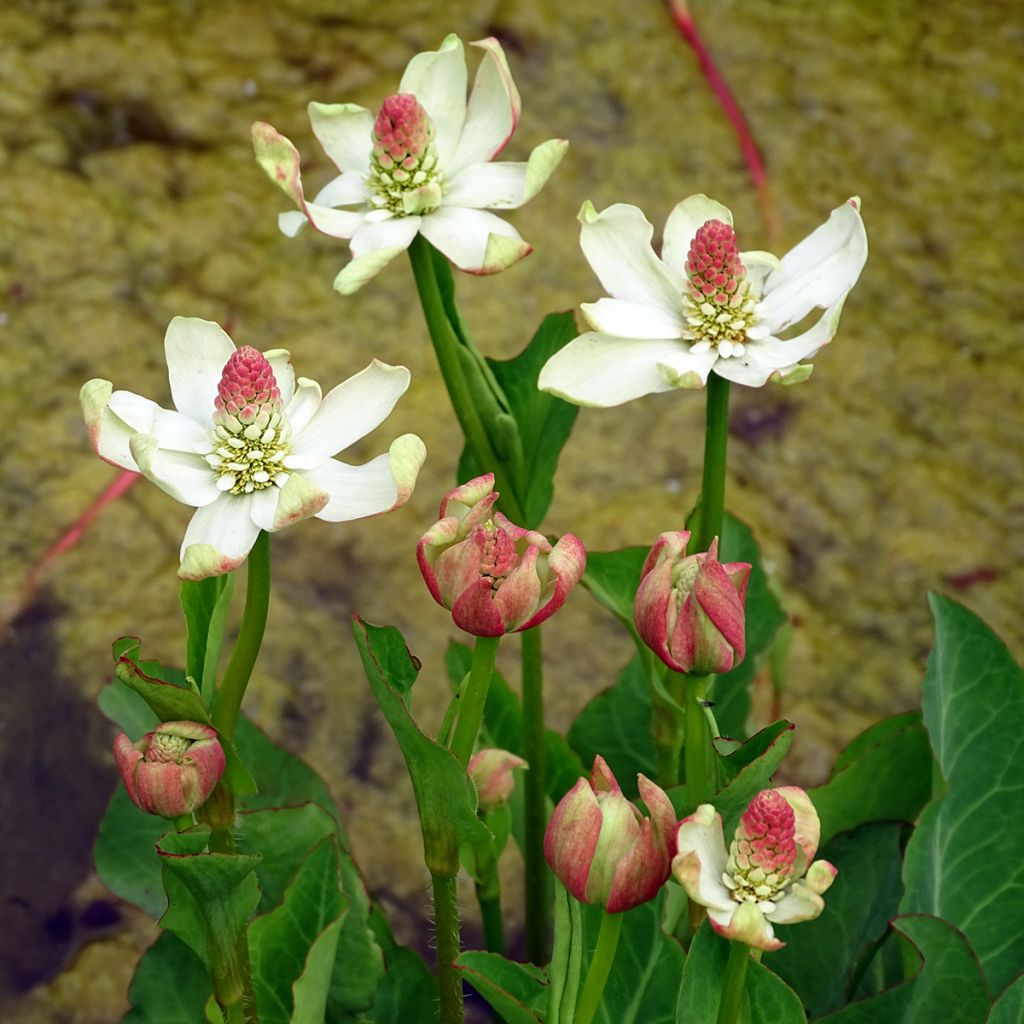

Anemopsis californica
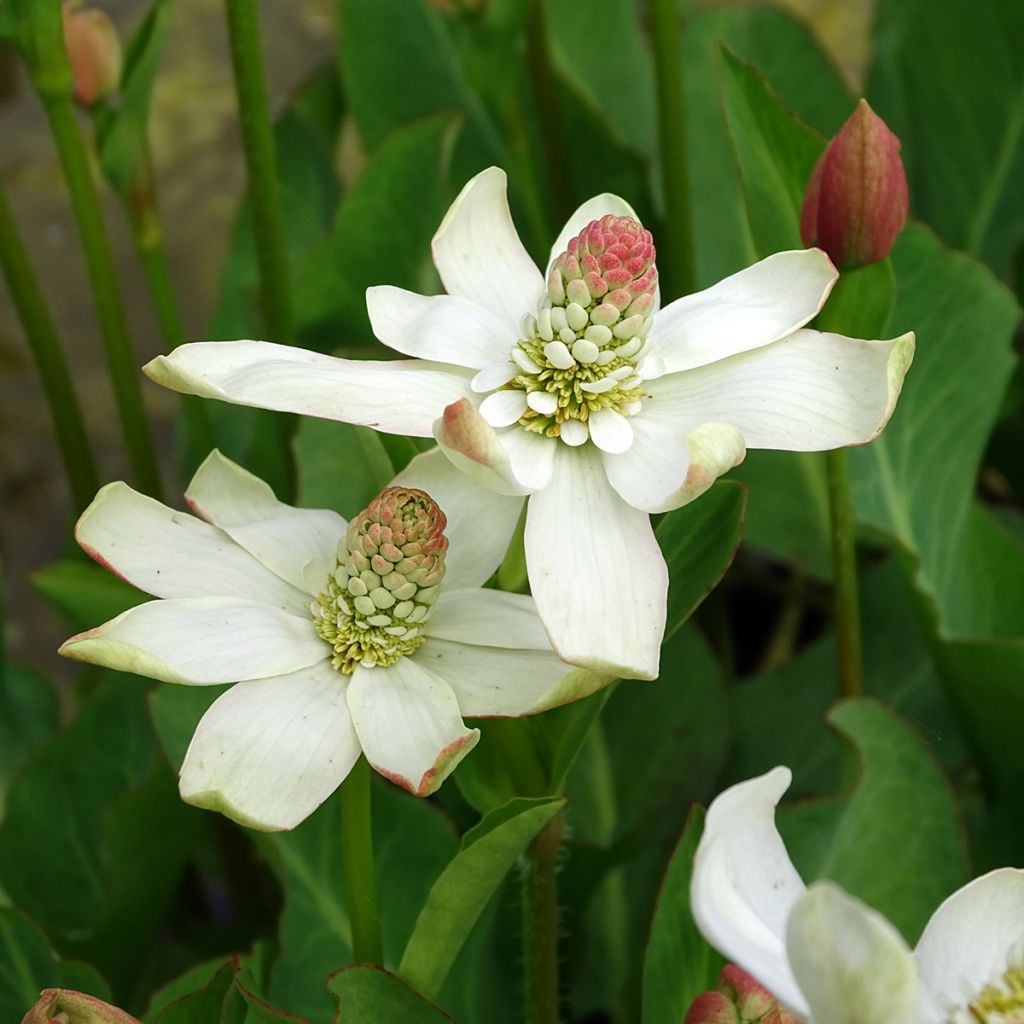

Anemopsis californica
Anemopsis californica
Anemopsis californica
Apache beads, Lizard tail, Yerba mansa
Ridiculous 4cm (2in) young plant with three rootlets!!! Very expensive for so little and above all, many questions about its survival.....
Sophie, 13/05/2020
This item cannot be shipped to the selected country
Delivery charge from €5.90
More information
Schedule delivery date,
and select date in basket
This plant carries a 12 months recovery warranty
More information
We guarantee the quality of our plants for a full growing cycle, and will replace at our expense any plant that fails to recover under normal climatic and planting conditions.
From €5.90 for pickup delivery and €6.90 for home delivery
Express home delivery from €8.90.
Does this plant fit my garden?
Set up your Plantfit profile →
Description
Anemopsis californica is a creeping perennial that thrives in wet soils and riverbanks. Its flowering does not go unnoticed. It forms curious spikes of tiny white flowers, surrounded by white bracts. Remarkably floriferous, it is covered in flowers in spring, summer, and autumn, punctuating its evergreen foliage with small snowy candles that sometimes take on beautiful purple hues in the sun. Vigorous and prolific, it can even become invasive in ideal conditions, spreading over tens of metres. It prefers sunny locations and can thrive in any moist soil, even in raised beds or rockeries.
Anemopsis californica, more simply known as California Yerba Mansa, is a creeping plant in the Saururaceae family, related to Houttuynia, with no connection to anemones. It is a perennial evergreen native to the southwest of the United States, Baja California, and Mexico. Its natural habitat consists of wet, salty, or alkaline meadows, sometimes even saline, up to 2000m (6562ft) in altitude. This amazing plant spreads through large underground rhizomes and through stoloniferous stems that produce leafy rosettes at regular intervals. It can grow to be 30 to 45cm (12 to 18in) tall. Eventually, this plant will form immense carpets covering several square metres. Highly floriferous, this Anemopsis produces numerous inflorescences that resemble small conical spikes made up of tiny yellowish and fleshy buds that turn white when they open. Towards the end of the season, the inflorescences often take on a pinkish hue. Each spike is surrounded at the base by a crown of 6 white petaloid bracts. The flowering is continuous from spring to autumn, as long as the soil does not dry out too much, resulting in the formation of a single small brown seed per spike, resembling a grain of pepper. The succulent leaves, arranged in rosettes, are slightly pubescent, sheathing at the base and spatulate. They are lanceolate to cordate in shape and measure from 10 to 20cm (4 to 8in) long, in shades of medium green to dull green, sometimes with a purple tinge in the sun.
Anemopsis californica is an excellent plant for wet to marshy areas and will easily establish itself near water sources, taking into account its significant growth. Only severe frost can defeat this amazing perennial. It possesses interesting purifying properties in large ponds, while displaying unique flowers. Thanks to its spreading habit, it can be used as a ground cover, even in cool rockeries, as long as it is given enough space. This perennial thrives in full sun but tolerates partial shade. It prefers rich and heavy, even very moist soils and can be cultivated on sunny riverbanks as well as in cool and partially shaded woodland areas, or on the edge of partially shaded flower beds alongside epimediums, periwinkle, or Pachysandra. The cut flowers dry easily and can be incorporated into dried bouquets.
The rhizomes of Anemopsis californica are used in traditional medicine by Native Americans, who also decorate their beadwork with its small fruits.
Report an error about the product description
Anemopsis californica in pictures
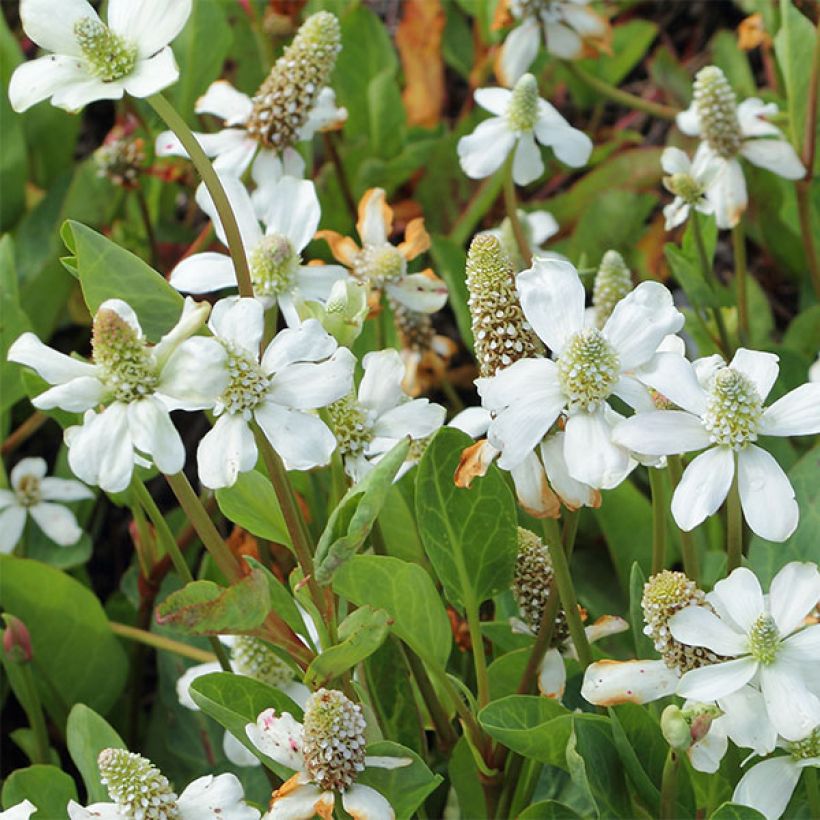

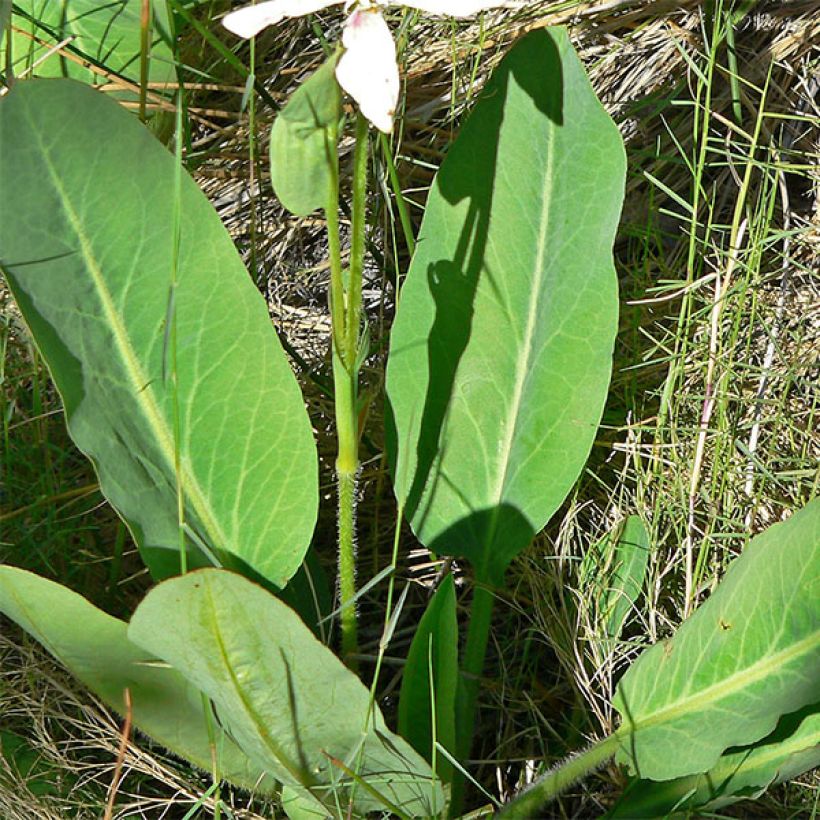

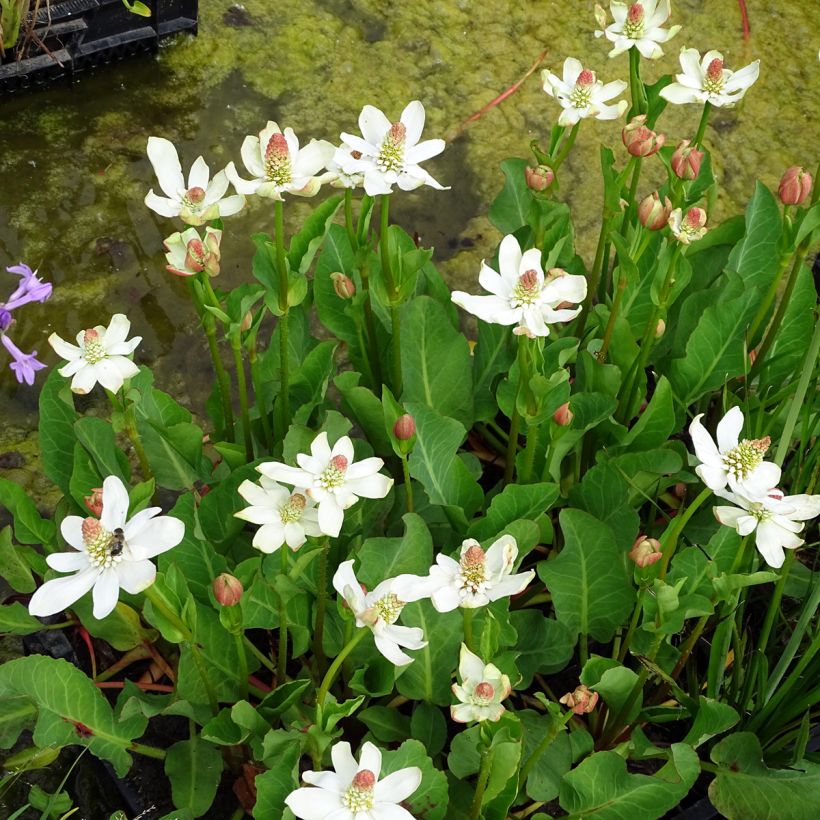

Flowering
Foliage
Plant habit
Botanical data
Anemopsis
californica
Saururaceae
Apache beads, Lizard tail, Yerba mansa
North America
Other Perennials A to Z
Planting and care
Anemopsis californica thrives in sunny or semi-shaded exposures. It is a very easy plant to grow, and even tolerates moderate periods of drought if the soil it receives is deep. Plant it in any type of soil, as long as it is moist and non-acidic, even limestone or saline, preferably in spring as the plant is destroyed below -10°C (14°F). This plant does not require its roots in water, and is found in nature in moist rocky areas, in well-drained soil. Plant in groups to create a mass effect. Control its growth so it does not harm neighbouring plants. Mulch the soil in November in regions where winter is rather cold. Divide clumps in October every three years, and replant the roots in another part of the garden.
Planting period
Intended location
Care
-
, onOrder confirmed
Reply from on Promesse de fleurs
Summer flowering perennials
Haven't found what you were looking for?
Hardiness is the lowest winter temperature a plant can endure without suffering serious damage or even dying. However, hardiness is affected by location (a sheltered area, such as a patio), protection (winter cover) and soil type (hardiness is improved by well-drained soil).

Photo Sharing Terms & Conditions
In order to encourage gardeners to interact and share their experiences, Promesse de fleurs offers various media enabling content to be uploaded onto its Site - in particular via the ‘Photo sharing’ module.
The User agrees to refrain from:
- Posting any content that is illegal, prejudicial, insulting, racist, inciteful to hatred, revisionist, contrary to public decency, that infringes on privacy or on the privacy rights of third parties, in particular the publicity rights of persons and goods, intellectual property rights, or the right to privacy.
- Submitting content on behalf of a third party;
- Impersonate the identity of a third party and/or publish any personal information about a third party;
In general, the User undertakes to refrain from any unethical behaviour.
All Content (in particular text, comments, files, images, photos, videos, creative works, etc.), which may be subject to property or intellectual property rights, image or other private rights, shall remain the property of the User, subject to the limited rights granted by the terms of the licence granted by Promesse de fleurs as stated below. Users are at liberty to publish or not to publish such Content on the Site, notably via the ‘Photo Sharing’ facility, and accept that this Content shall be made public and freely accessible, notably on the Internet.
Users further acknowledge, undertake to have ,and guarantee that they hold all necessary rights and permissions to publish such material on the Site, in particular with regard to the legislation in force pertaining to any privacy, property, intellectual property, image, or contractual rights, or rights of any other nature. By publishing such Content on the Site, Users acknowledge accepting full liability as publishers of the Content within the meaning of the law, and grant Promesse de fleurs, free of charge, an inclusive, worldwide licence for the said Content for the entire duration of its publication, including all reproduction, representation, up/downloading, displaying, performing, transmission, and storage rights.
Users also grant permission for their name to be linked to the Content and accept that this link may not always be made available.
By engaging in posting material, Users consent to their Content becoming automatically accessible on the Internet, in particular on other sites and/or blogs and/or web pages of the Promesse de fleurs site, including in particular social pages and the Promesse de fleurs catalogue.
Users may secure the removal of entrusted content free of charge by issuing a simple request via our contact form.
The flowering period indicated on our website applies to countries and regions located in USDA zone 8 (France, the United Kingdom, Ireland, the Netherlands, etc.)
It will vary according to where you live:
- In zones 9 to 10 (Italy, Spain, Greece, etc.), flowering will occur about 2 to 4 weeks earlier.
- In zones 6 to 7 (Germany, Poland, Slovenia, and lower mountainous regions), flowering will be delayed by 2 to 3 weeks.
- In zone 5 (Central Europe, Scandinavia), blooming will be delayed by 3 to 5 weeks.
In temperate climates, pruning of spring-flowering shrubs (forsythia, spireas, etc.) should be done just after flowering.
Pruning of summer-flowering shrubs (Indian Lilac, Perovskia, etc.) can be done in winter or spring.
In cold regions as well as with frost-sensitive plants, avoid pruning too early when severe frosts may still occur.
The planting period indicated on our website applies to countries and regions located in USDA zone 8 (France, United Kingdom, Ireland, Netherlands).
It will vary according to where you live:
- In Mediterranean zones (Marseille, Madrid, Milan, etc.), autumn and winter are the best planting periods.
- In continental zones (Strasbourg, Munich, Vienna, etc.), delay planting by 2 to 3 weeks in spring and bring it forward by 2 to 4 weeks in autumn.
- In mountainous regions (the Alps, Pyrenees, Carpathians, etc.), it is best to plant in late spring (May-June) or late summer (August-September).
The harvesting period indicated on our website applies to countries and regions in USDA zone 8 (France, England, Ireland, the Netherlands).
In colder areas (Scandinavia, Poland, Austria...) fruit and vegetable harvests are likely to be delayed by 3-4 weeks.
In warmer areas (Italy, Spain, Greece, etc.), harvesting will probably take place earlier, depending on weather conditions.
The sowing periods indicated on our website apply to countries and regions within USDA Zone 8 (France, UK, Ireland, Netherlands).
In colder areas (Scandinavia, Poland, Austria...), delay any outdoor sowing by 3-4 weeks, or sow under glass.
In warmer climes (Italy, Spain, Greece, etc.), bring outdoor sowing forward by a few weeks.


































